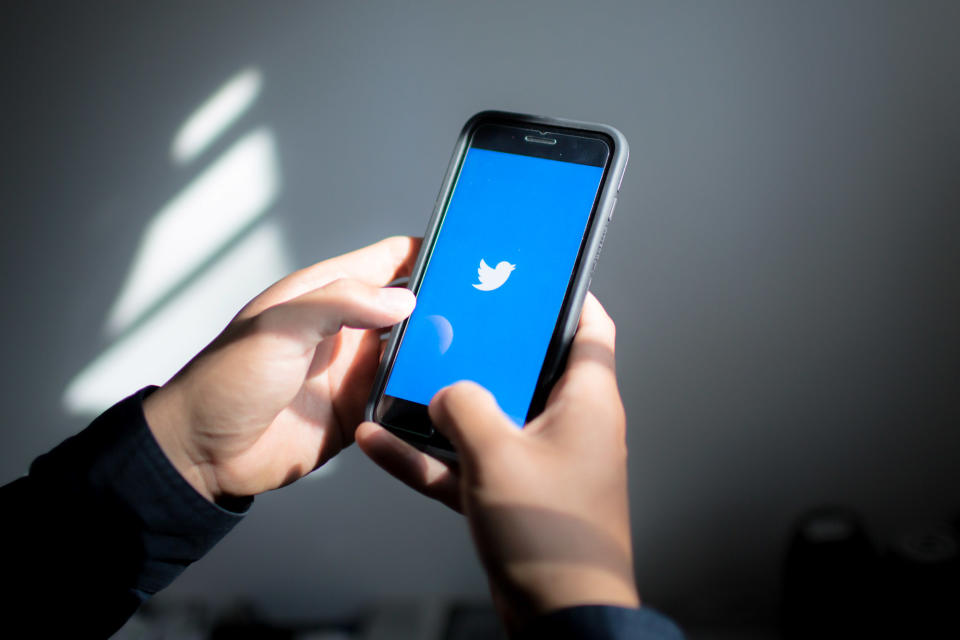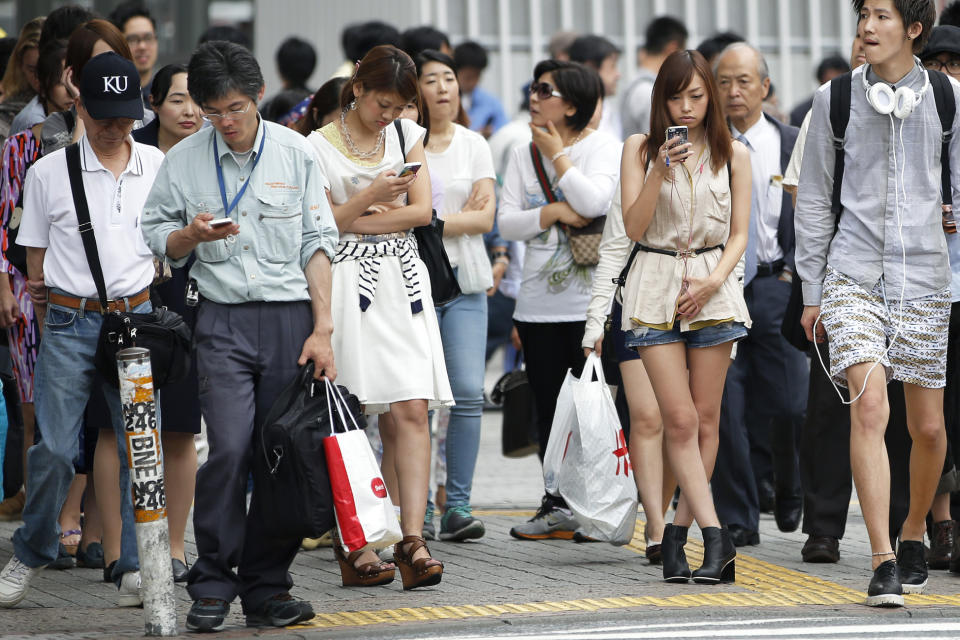How Twitter Became Ubiquitous in Japan
(Bloomberg) -- When Yu Sasamoto joined Twitter Inc. as head of Japan in 2014, he looked at the revenue figures for the country and thought, "This is a little bit small."
Before coming to the company, Sasamoto had worked as an executive at MTV and Microsoft. It was in 2011, when Japan suffered a huge earthquake, that he really started paying more attention to the company. Twitter was one of the only ways he and many others could communicate amid mass confusion and damaged infrastructure, and afterward, Twitter’s popularity grew. So it was a surprise when he learned that revenue was lagging other countries.
In 2014, Twitter started letting advertisers promote mobile apps that encouraged users to download or open mobile apps directly from a tweet, and the company started to see revenue accelerate. And in November 2016, Twitter hit a big milestone: 40 million people, about one-third of Japan’s population, were logging onto the site at least once every month.
Now, five years after Sasamoto joined, Japan is Twitter's second-largest market, and it raked in $136 million in revenue from the region in the first quarter. It’s the most popular western social media platform, ahead of Facebook Inc. and Instagram. (Line, a direct messaging app, is also huge in Japan.) As Twitter’s user base has stagnated in the U.S., increasing advertising dollars from Japan has propped up Twitter’s total revenue.
In the U.S., Twitter has been dogged by the perception that it’s a non-intuitive platform, more suited for public figures, entertainers, and journalists. But in Japan, it has mass appeal.
Japanese businesses often create Twitter accounts before making their official websites; students use the service to chat with friends and follow their favorite bands; Anime-fans post their Twitter handles with QR codes on business cards that they exchange at events; and Japanese monks use it to post videos.
“We came into the market at the right time,” Sasamoto said. Twitter “started as a lifeline and morphed into the culture.”
Twitter fills a void in Japan, allowing people to be more outspoken. “Japanese people tend to not feel comfortable expressing feelings or opinions in public," said Kiyo Yamauchi, who leads user research for Twitter in Japan. Unlike Facebook, Twitter doesn’t require people to use their real names. A lot of Japanese consumers sign up with user names that correspond with a specific interest. This enables people to connect with others who are interested the same niche subject.
It also helps to explain why there are a disproportionate number of anonymous accounts, as well as users with multiple accounts in Japan, according to Kayvon Beykpour, Twitter's head of product. He says having different profiles allows people to express different parts of their personality. It's common for a Japanese user to have, say, one account for following KPop, another for professional conversations, and another for engaging in sports. Advertisers love that they can easily target people based on their specific interests.
The company’s Japanese market has long helped direct the company’s product strategy, Beykpour said. Japanese users were hitting the “like” button as a way to save tweets to read later, but said that they didn’t want those tweets publicly displayed on their profiles. That led Twitter to create a bookmarking feature for users to privately save tweets to read later.
About three years ago, Twitter changed how it displayed tweets. Instead of displaying a stream of tweets in reverse chronological order, Twitter changed the timeline to show users the most relevant tweets first, hoping to simplify the experience for those who didn’t want to sift through a flood of tweets in real time. While the change sparked outrage across the twitterverse, Beykpour said people were especially mad in Japan. “We have one time zone, unlike larger countries, so even a TV program would be an event,” Yamauchi added. “Everyone is watching at the same time and commenting.” At the end of last year, Twitter rolled out a feature that let users easily switch back and forth between a curated and unfiltered timeline. However, its ubiquity in Japan has also led to the proliferation of toxic content. Critics say Twitter has failed to adequately curb abuse in Japan – where it serves as a breeding ground for bullying, pedophilia, stalking, and suicide groups – and point to several high-profile examples. In 2017, a suspect dubbed the "Twitter killer" used his account to get in touch with people who wanted to commit suicide. The man was arrested after the discovery of nine dismembered bodies at his residence. That same year, a volunteer group called Tokyo No Hate protested in front of Twitter’s Japan headquarters, distributing printouts of hateful tweets that have targeted minority groups to highlight the everyday harassment that people face.
The scrutiny in Japan reflects the calls for change in the U.S., where the company and its social media counterparts have been under fire from consumers and lawmakers for allowing foreign election interference, hateful posts and fake news to run rampant. In recent years, Chief Executive Officer Jack Dorsey has emphasized that Twitter’s priority is to clean up the service and rid it of harmful content. Having long been criticized for relying on users to report abuse, the company recently said some 38 percent of abusive content is now being found through technology and flagged for human review, up from none last year.
In an email, a spokeswoman for Twitter said she wouldn’t comment on individual cases, but that “keeping people safe on Twitter is our top priority.”
--With assistance from Yuji Nakamura.
To contact the author of this story: Selina Wang in San Francisco at swang533@bloomberg.net
To contact the editor responsible for this story: Emily Biuso at ebiuso@bloomberg.net, Andrew Pollack
For more articles like this, please visit us at bloomberg.com
©2019 Bloomberg L.P.

 Yahoo Finance
Yahoo Finance 

